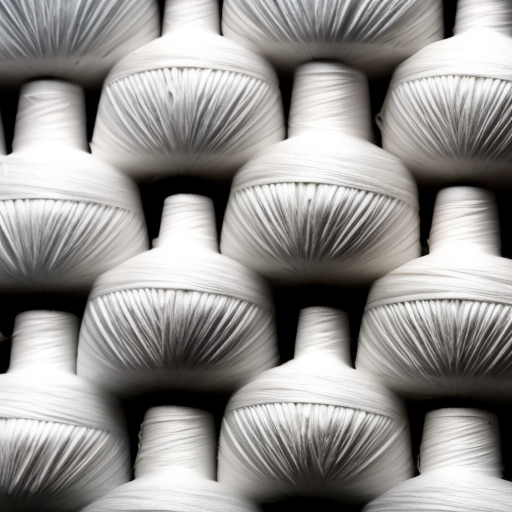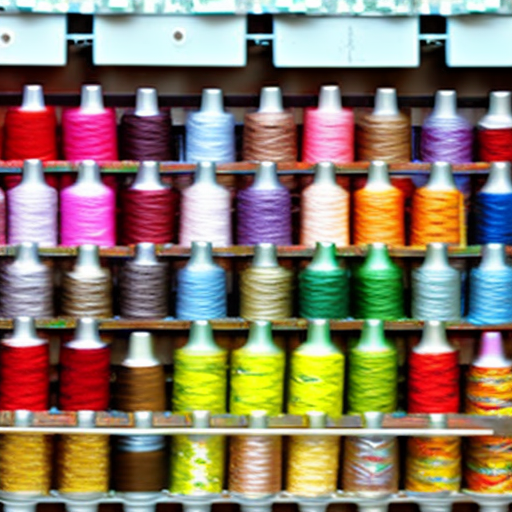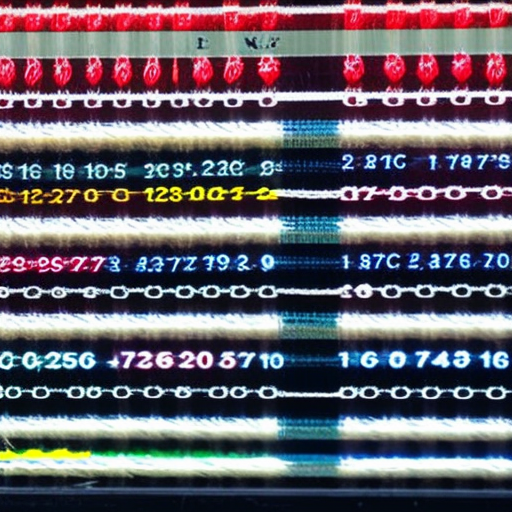

When it comes to sewing, one essential element that often goes unnoticed is the sewing thread. Sewing thread consumption is often overlooked, but it plays a significant role in ensuring the durability and longevity of stitched garments.
Choosing the right sewing thread for your projects is crucial. The type and quality of thread can impact the overall strength and appearance of the stitches. It is important to consider various factors such as the fabric type, sewing machine, and intended use of the garment when selecting the appropriate thread.
- Fabric Type: Different fabrics require different thread types to ensure a secure and lasting stitch. For lightweight fabrics like silk or chiffon, a fine and delicate thread is best. On the other hand, heavy-duty fabrics like denim or canvas call for a thicker and more robust thread.
- Thread Material: Sewing threads are available in various materials like cotton, polyester, nylon, and silk. Each material has its own unique properties. Cotton threads are known for their natural feel and breathability, making them suitable for lightweight and natural fiber fabrics. Polyester threads, on the other hand, offer excellent strength and durability, making them ideal for heavyweight fabrics and machine stitching.
- Sewing Machine: The type of sewing machine you use also influences thread consumption. Some machines work better with specific thread types or weights. It is important to refer to your sewing machine’s manual or consult with a professional to determine the most suitable thread for your machine.
- Intended Use: Consider the purpose of the garment you are sewing. For items that will undergo frequent washing or stretching, a thread with superior strength and elasticity, such as polyester or nylon, is recommended. Whereas, for delicate fabrics or decorative stitching, a finer thread like silk may be preferred to achieve a more refined look.
Proper thread consumption ensures a reliable stitch and prevents thread breakage during sewing. Insufficient thread consumption can lead to weak seams that unravel easily, compromising the quality and durability of the finished product.
So, next time you embark on a sewing project, remember to pay attention to your sewing thread consumption. Choosing the right thread for your fabric, machine, and intended use will contribute to a successful and professional-looking outcome.





Great info! It’s important to understand thread consumption when starting a sewing project as it helps you to accurately plan and budget the supplies you’ll need. Having the right type of thread and the right amount can make all the difference in the final project’s success.
Yes, it is! This post really helped me in knowing the type of threads I should use for different projects. Being aware of the thread consumption keeps me organized and helps me stay within my budget as well.
Good tip, Kala and Kyara! Understanding thread consumption is key in any sewing project, from the type and amount of thread needed to ensuring that the supplies are within budget. It’s always great to have accurate information to know what to expect before starting a project!